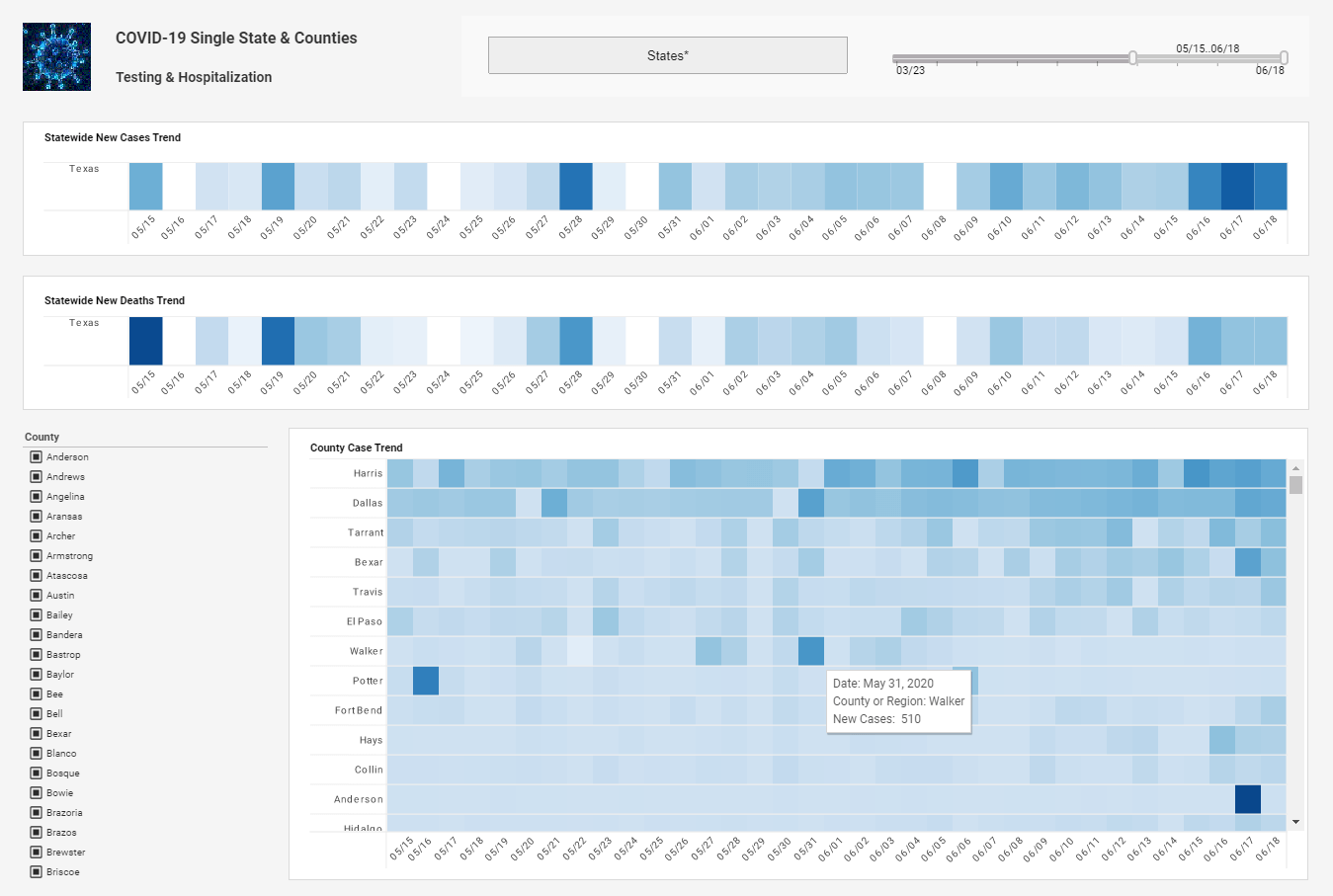InetSoft Webinar: The Effective Use of Business Intelligence and Information Management Applications
This is the continuation of the transcript of a Webinar hosted by InetSoft on the topic of "The Movement Towards Using Unstructured Data in Business Intelligence Solutions." The speaker is Mark Flaherty, CMO at InetSoft.
So we did see that in the employee size, that did have an impact on how much, how innovative organizations were with respect to the effective use of business intelligence and information management applications. And the logical explanation of that is that in a larger organization they probably have more need to deal with structured information and have more resources also to specialize and dedicate potentially to automating some of the processing of that unstructured information.
There are four aspects of maturity. One is technology, so to the extent that an organization could be very mature at looking at unstructured information. They may have people trained in evaluating it. They may have processes in place that are repeatable and shared and documented throughout the organization but they might be doing a lot of it manually.
So they would get a very high score on several of the categories but they wouldn’t get as high a score in the technology category and we look at all four of those things together to determine the overall maturity. So I suspect if somebody were not automated and not using technology in this process; they probably wouldn’t make it into the innovation category. The innovative category is a combination of all those things, the people who process the information and the technology, not just one category.
| #1 Ranking: Read how InetSoft was rated #1 for user adoption in G2's user survey-based index | Read More |
There is an opportunity for improvement. People are not completely satisfied. If you look at the pie chart, 53 percent are somewhat or completely unsatisfied. These are the complaints that people have with their information application processes. These are similar to a lot of the business intelligence and analytics complaints. Systems are too slow. They’re not flexible. They’re hard to build and maintain or there aren’t enough resources to implement the systems. And so again these are issues that are common to most BI application deployments.
What are people trying to accomplish? Increasing productivity and efficiency, and this relates back to that automation comment. The more this can be automated, the more you can leverage technology. Even if it’s not necessarily automated, but you have technology that makes it easier for people to do their jobs, then you’ll get some productivity and efficiency gains which more than half the organizations are looking for out of information applications. If you looked at this in a more holistic way, you need both structured and unstructured information to make decisions. To think that you can get all of the information entirely from structured data is not realistic. That might be true in some cases, but in many cases you need to look at unstructured information as well. To the extent that you’re going to support decision making in your organization, this is information that is naturally part of the decision making process.
What about standards? What types of data do people access? And what technology types do they use in their enterprise?This is somewhat leading up to the types of information accessed, but it’s SQL which gets to the structured data. A lot of the unstructured data is now in XML documents. So that was the second most important standard. And then there are other standards which have more to do with the information delivery: Java, HTML5 and Microsoft .Net. So you can see the types of information that people are bringing together. As for the unstructured information, you have information from content management systems. Then there is Microsoft Word or Adobe Acrobat type of documents. The next one is text documents which could be emails or any other type of information but those are really the primary unstructured sources of information.
In terms of functions, you want to be able to search across structured and unstructured content that’s accessibly via a browser. I think that’s a main requirement. If the data is accessible via a browser; there is technology that can scan for it and extract it and bring it together. So whether it’s text or whether it’s numerical information, if it’s delivered in a browser, you can get it. I don’t want to downplay it, but a poor man’s description would be a screen scraping.
 |
Read the top 10 reasons for selecting InetSoft as your BI partner. |
It’s really looking at the HTML source of the Web page, not so much the screen. Within the HTML there’s typically some keywords and tagging that would help you get to the information that you’re looking for. But again that’s just one way potentially to grab some of this unstructured information here. Whether it’s your own internal content management systems of if it’s documents that are out on the Web or Web pages.
| Previous: The Movement Towards Using Unstructured Data in BI Solutions |


